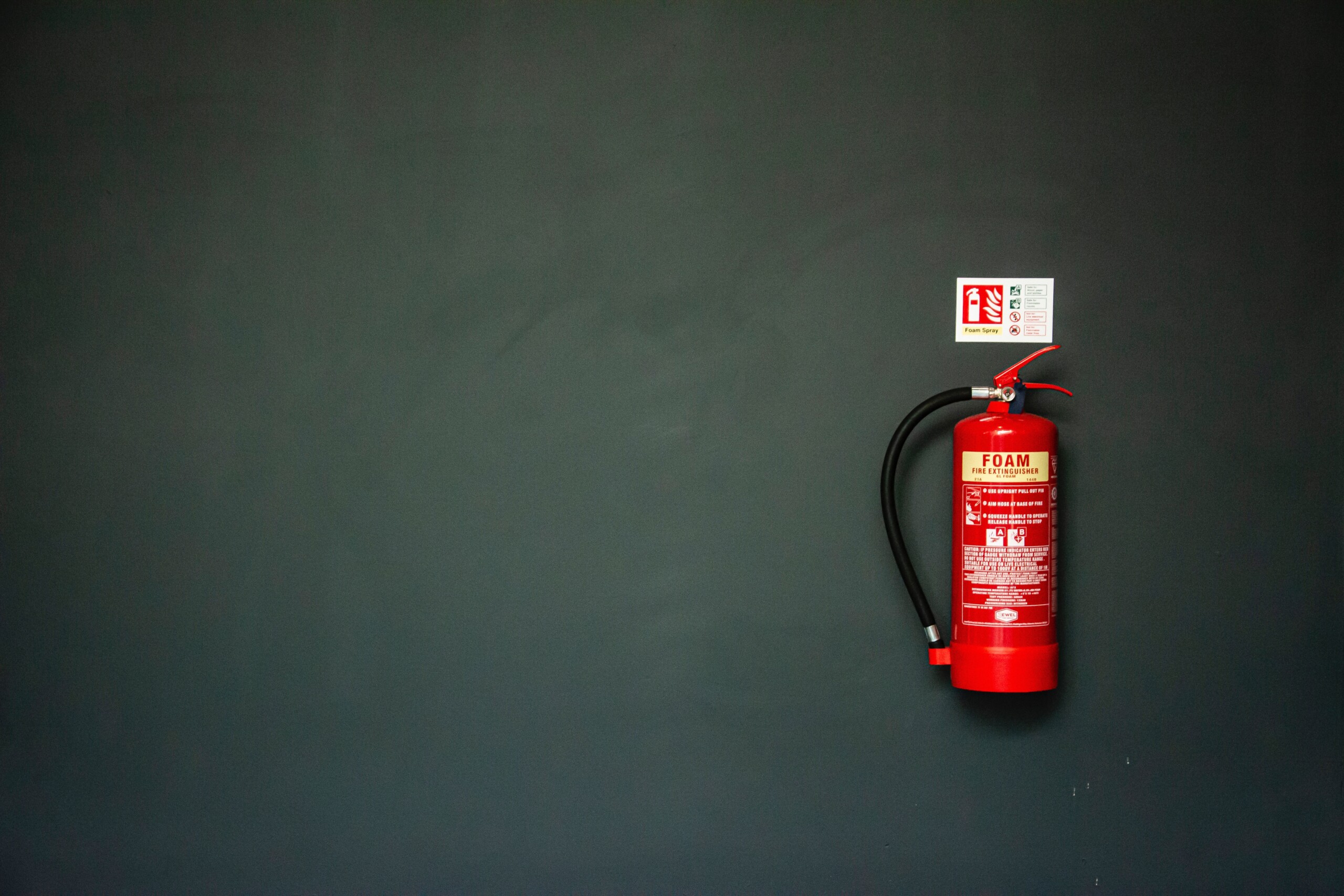Kitchen fires and electrical fires are unfortunate and potentially dangerous disasters that can happen to even experienced home cooks. Depending on the source of the fire, they can ramp up quickly and get out of hand before you are able to react to the situation. Whether it be accidents, equipment malfunction, or user error, you should be prepared, knowing why fires can occur and the safest, most effective ways to stop them in their tracks.
Types of Kitchen Fires
Anytime you use flames or hot surfaces and appliances for cooking, you can potentially open up many avenues for fires. Still, four main types of kitchen fires plague the home cook:
- Grease Fires
- Appliance Fires
- Electrical Fires
- Standard Fires
The warning signs and responses for each of these fires differ, so knowing the intricacies of each is essential for home safety.
Grease Fires
Grease fires occur when the oil, grease, or cooking fat from your dish ignites due to high temperatures. Grease fires have heightened levels of risk because they spread through a burning liquid that can easily spread if dropped or improperly handled.
The most commonly stressed point among all experts is never to use water on a grease fire. The water will quickly boil and spread outward, carrying some of the hot oil with it. The simplest way to extinguish a grease fire is to deprive it of oxygen, which is needed for fires to grow and continue. For stovetop dishes, a large pot lid that cuts off all airflow or a large amount of material, such as baking soda, can cut off the oxygen supply and, hopefully, stop the fire in its tracks. Class B Fire Extinguishers, rated for flammable liquids, are your best last option if no other simple solution works. Grease fires can spread rapidly if left unattended.
Grease fires can also occur inside an appliance, like a microwave or oven.
Appliance Fires
Like grease fires, appliance fires occur in the confines of an oven or microwave. Following the same principle, a deprivation of oxygen should eventually cause these fires to fizzle out. Keep the door of the appliance closed and turn off electrical power to the appliance if possible. Luckily, an already confined space usually works well in stopping the fire before it gets out of control.
Electrical Fires
Sometimes, the devices in your kitchen can cause a fire. When you use many devices on one outlet, especially if they are high-power, heat-generating cooking appliances, you risk overloading the outlet and causing sparks or damage to the devices. Kitchens also have a higher likelihood of water splashing onto live wires and electronic appliances.
GFCIs should also be installed in all areas with the risk of water coming into contact with an outlet. GFCIs will reduce the risk of severe injury to nearby parties drastically. If a fire does start from an electronic device, the most critical response is to cut the power if possible. This can be done by unplugging the cord if safe or cutting power through the breaker box. Class C fire extinguishers are designed for fires involving energized electrical equipment and are handy to keep around the house for various potential electrical hazards.
Standard Fires
A cloth, paper towel, or similarly flammable object can heat up and start a fire if left too close to a heat source. Barring any extraneous circumstances, these fires can be contained by dousing the fire with water or smothering the flame.
Preparing for kitchen fires is easy and should be an essential task for every homeowner. If you need a professional Sarasota electrician to audit your electrical systems and ensure your home is safe and protected, call Promise Electric. We are trusted by homeowners and business owners alike to provide quality electrical and generator maintenance services.



